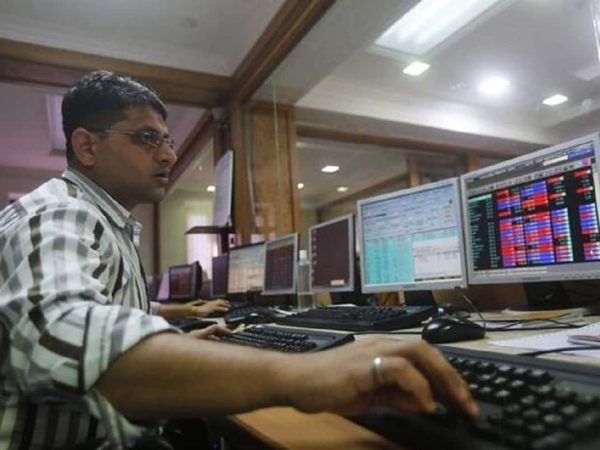Buy these two stocks for near term gains as equity indices look set to jump further
By Subash Gangadharan
Markets have bounced back strongly after the sharp selloff seen last Monday. The Nifty index made a long-legged Doji candlestick bullish reversal pattern on the weekly chart last week. This indicates that the bulls have overpowered the bears as the markets had recovered most of the losses seen during the early part of last week. This week too the Nifty has continued to surge higher to new life highs.The short term uptrend is, however, looking matured as the short term moving averages on the intraday charts have started to flatten. This indicates that markets could rise a bit more from current levels and consolidate in a range for the near term.Crucial supports to watch for a short term trend reversal are at 13864-13842.The below picks are for the next 15-26 trading sessions
Today, the stock also closed above the 20 day SMA, a sign of short term strength. Short term momentum readings like the 14-day RSI too has bounced back and is showing strength.
We believe the stock is ready to continue the next leg of its underlying uptrend and has the potential to move higher in the coming sessions. We, therefore, recommend a Buy between the 7560-7615 levels. CMP is 7609. Stop-loss is at 7430 while targets are at 8000.
Buy Balkrishna Industries
After correcting from a high of 1720 touched in early December 2020, Balkrishna Industries found support at the 50 day SMA around the 1515 levels. The stock has since then gradually climbed higher making higher tops and higher bottoms in the process.
Today, the stock broke out of the 1550-1590 trading range on the back of above-average volumes and also closed above the 20-day SMA in the process. Short term momentum indicators like the 14-day RSI too have bounced back from oversold levels. This augurs well for the uptrend to continue.
We believe the stock is ready to move higher in the coming weeks. We, therefore, recommend a Buy between the 1590-1625 levels. CMP is 1620. Stop-loss is at 1550 while targets are at 1760.
(Subash Gangadharan is a Senior Technical and Derivative Analyst at HDFC Securities. The views expressed are the author’s own. Please consult your financial advisor before investing.)






Recent Comments